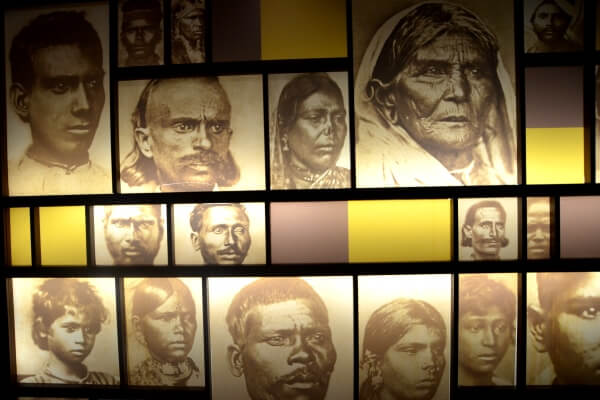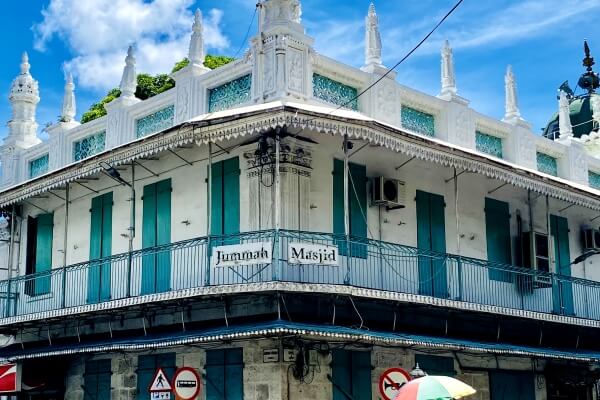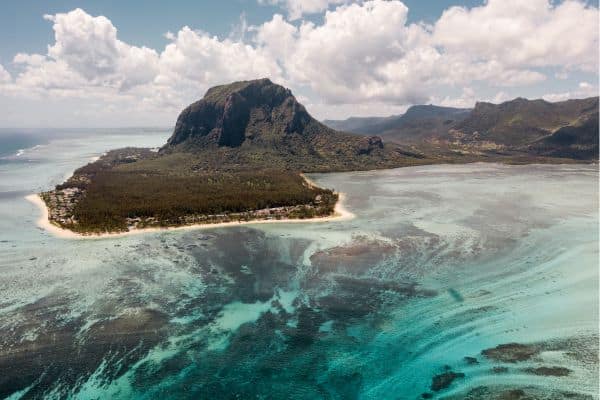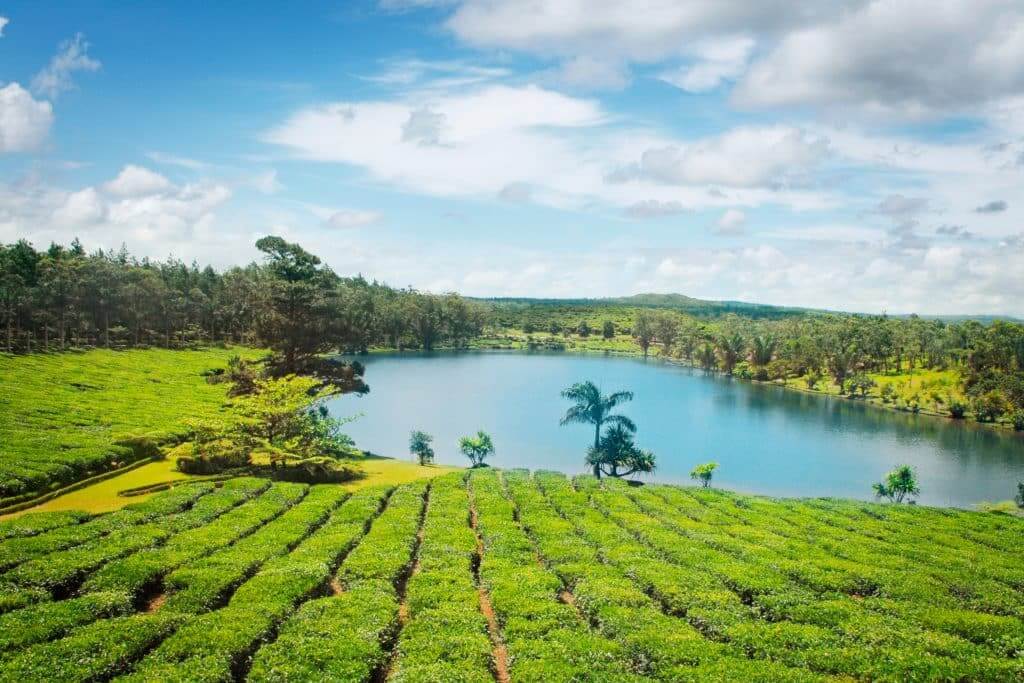As my Air Mauritius flight from Perth to Mauritius begins cruising high in the sky, I once again get immersed in the pages of one of my favourite novels, Sea of Poppies.
Written by the famous Indian American author Amitav Ghosh, this book narrates the tale of indentured labourers from India transported by British colonisers to the Indian Ocean island of Mauritius to work on sugar plantations.
The volcanic island, situated some 2000 km off East Africa’s southern coast, was uninhabited until the Dutch reached its shores in the 16th century. They named the island Mauritius, honouring their Prince Maurice van Nassau. They departed soon enough, making way for French colonisers to move in and make use of the island’s fertile soil to cultivate sugarcane. The worldwide demand for sugar at that time was high. They forcefully acquired labourers from neighbouring African countries like Madagascar, and introduced a torturous regime of slavery, which ended after the British won the naval war against France in 1810 and gained sovereign control of the island.

As the demand for sugar remained high, the British wanted to expand the sugarcane cultivation in Mauritius and other colonies but struggled without a proper labour force. So, in 1834 they selected Mauritius to be the first site for what they called ‘the great experiment’ in the use of ‘free’ labour to replace the slaves. Between 1834 and 1920 nearly half a million people from their colony in India, both men and women, arrived in Mauritius. The book Sea of Poppies narrates the story of this journey across the Indian Ocean.

This history comes alive when I visit the UNESCO World Heritage listed Aapravasi Ghat in Port Louis – the nation’s capital city. Earlier called ‘Coolie Ghat’, it was at this waterfront location that the boats with the labourers, derogatively called ‘coolies’ by the British masters, touched shore and their arrival recorded, before they were sent on to the plantations. Some were later transported to other British colonial destinations in southern and eastern Africa, Caribbean or in the Pacific. A multi-media display inside a museum on site provides interesting information on one of the world’s largest migration of humans and the entire precinct with some buildings from that period is deemed as the starting point of the modern-era contract labour system.

The population of Mauritius is around 1.3 million and an estimated 70% of them are descendants of early migrants from India. The majority are Hindus. As a result, the island reflects strong Indian culture and hues of Hinduism in almost every corner.
 Criss-crossing the island, I notice several temples belonging to various Hindu gods and goddesses from Shiva and Hanuman to Durga to Kali, see more saffron streamers fluttering than Mauritius national flags, hear radio jockeys playing the latest Bollywood hits, and find local taste buds strongly linked to spices.
Criss-crossing the island, I notice several temples belonging to various Hindu gods and goddesses from Shiva and Hanuman to Durga to Kali, see more saffron streamers fluttering than Mauritius national flags, hear radio jockeys playing the latest Bollywood hits, and find local taste buds strongly linked to spices.
While the land is occupied by descendants of other early settlers as well, like the Europeans and the Africans, the Heads of State and other key position holders in the government have been in the pockets of Indian-origin leaders, since the island’s independence from the British in 1968.
But there is no racial refinement, all citizens living harmoniously as Mauritians. English is the official language, but all speak Creole (a broken version of French), celebrate Christmas and Eid with same level of enthusiasm as Maha Shivaratri which is a national festival, enjoy swinging hips with African music and relish eating dhol puri (Indian puri stuffed with lentils and served with curried potato). They echo the true colours of a Rainbow Nation, and I get the first taste of this during my Air Mauritius flight to the African island. Later when browsing with the crowds along the corridors of the Central Market in Port Louis, the vibrant colours of the fresh fruit and vegetables reflect in my mind the diverse colours of their multiculturalism.

The history and cultural insights of Mauritius are eloquently stored in the galleries of many museums dotted in Port Louis, the Blue Penny Museum. National History Museum and the Museum of Slavery generally command attention of the historically minded.

Beyond the capital, another site of significant cultural value is the Le Morne Mountain. Presently a UNESCO World Heritage location, it was a hideout for the slaves many of whom kissed death by jumping from the top to save themselves from the unbearable torture of their masters. While there, it’s hard to keep the eyes dry when thinking about the plight of the slaves.
While the history and culture of Mauritius are invigorating, its commanding drawcard for visitors from around the world is its stunning natural panorama and the engulfing serene environment.

Surrounded by 300 km of coastline, the inland landscape is marked by endless stretches of lush green sugar plantations, tea gardens and sprawling national parks adorned with gushing waterfalls and coloured rocky formations, recognised as geological wonders. A series of rugged mountain peaks overlooks the scenery below.
This natural panorama blends with the clear blue sky, fresh air, warm tropical climate and unhurried lifestyle, to make Mauritius ideal for anyone keen to slow down and relax, recharge their mind, body, and soul and have a good time with family and friends or just by themselves.

To welcome this band of holidaymakers, the island is dotted with numerous dreamy resorts, their high number within a relatively small land area inspiring the nickname ‘Resort Island’.
Nestled within spacious and lush tropical gardens with the sandy coastline almost at the doorstep, these resorts are set up in isolated locations embracing comfort and luxury with rejuvenation and wellbeing facilities. Mauritius is a small island, only 45 km in width and 65 km in length. So, it doesn’t really matter where you stay – it’s easy to add excursions to any part of the island to mix history and culture with natural activities involving sun, sea and sand, and capturing underwater scenery by diving and snorkeling to adventure journeys through the national parks.
TRAVEL NOTEBOOK
Getting There Air Mauritius (www.airmauritius.com) fly three times a week direct from Perth to Mauritius
Stay Plush resorts are dotted throughout the island, Anantara Iko Mauritius, (www.anantara.com), Heritage Le Telfair (https://heritageresorts.mu/hotels-mauritius/le-telfair) and Long Beach (www.longbeachmauritius.com) are three popular ones from the long list.
More Info https://mauritiusnow.com
READ ALSO: Travel Tips to Stay Healthy




